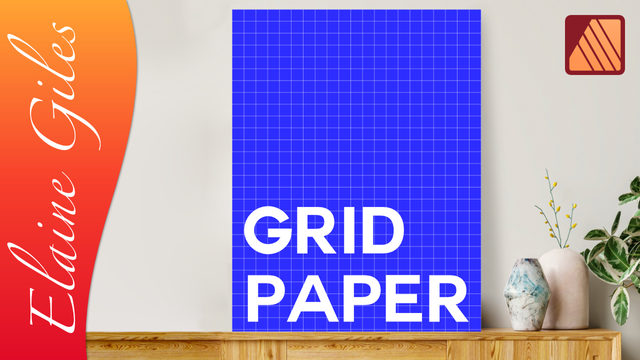A #1d6 and #GridPaper single-player #dungeonCrawler #game I just finally worked out rules for (it's been building in my head for a while).
Do these directions make sense to you?
#Six & Grid Dungeon Crawler
You need one 6-sided die, a sheet (or more) of grid paper, another piece of paper for your stats (you can optionally set aside a part of the grid paper for this), a writing implement, and these instructions.
Where you choose to mark your stats, mark a place to keep track of your Hit Points and your Treasure. Hit Points start at 6 (or any number you like), and Treasure starts at 0 (zero). For fun, you might also choose to track how many monsters or traps you encounter on your crawl, but it is not necessary.
You begin in any square you like on the grid. Mark this starting square with an S. You then roll 1d6 and consult "Table 1 - Wall Forms."
If you roll a 1 at this point, you encounter a Trap, Monster, or Thief for 1-3. Or you find a Treasure, a Potion, or an Elixir for 4-6. You do not move forward in the dungeon this round. Roll again for a new Wall Form or Encounter. Consult "Table 2 - Menace & Magic."
Once you have your shape, you can add it to an accessible square (no walls already blocking you) and move into that square. The wall forms can be rotated to fit into the map as you like. This also works for squares at a diagonal. Put a dot in the middle of the square you have moved into. If there is a square you have passed that still has openings, you can "backtrack" to that square and build out from there instead.
From the Starting room, all 8 nearby squares are possible to reach. However, you cannot backtrack to the starting room, so blot it out with a solid square and consider it walled off once you enter the dungeon.
You move along in this way, adding walls onto adjacent squares, fighting monsters, setting off traps, healing, and collecting treasure until you can no longer move anywhere new or your hit points run out.
Losing all your treasure is sad, when it happens, but you can keep wandering the dungeon with no shiny stuff in your loot bag. You'll find more.
* An optional, advanced method of play is to designate an EXIT square someplace on the grid paper at the same time you designate the START square, and then try to reach it before your character loses all Hit Points or the walls all lead to dead ends.
Compare your Treasure Scores with your friends!
----
##Table 1 - Wall Forms
1. Trap/Monster/Thief/Treasure/Potion/Elixir (See Table 2)
2. | (A single wall)
3. | | (2 Walls parallel to each other)
4. |_ (Two walls intersecting at a corner)
5. |= (Three walls. 2 Parallel. 1 connecting them. Dead End)
6. : : (No walls but can move into this space. Draw dots at corners)
----
##Table 2 - Menace & Magic
1. Trap (A trap is sprung! Lose 1d6 Hit Points)
2. Monster (A slavering beast attacks! Lose 1d6+2 Hit Points)
3. Thief (A thief pilfers your pockets! Lose 1d6 Treasure)
4. Treasure (You find a shiny! Treasure increases by 1d6)
5. Potion (Ah! A bottle of red stuff in a dungeon. Drink it and get 1d6 Hit Points back. Sounds like a good idea)
6. Elixir (Nothing like drinking random bottles of green, glowing liquid in a dungeon to make you feel better! Down it all and restore your Hit Points to Maximum)
